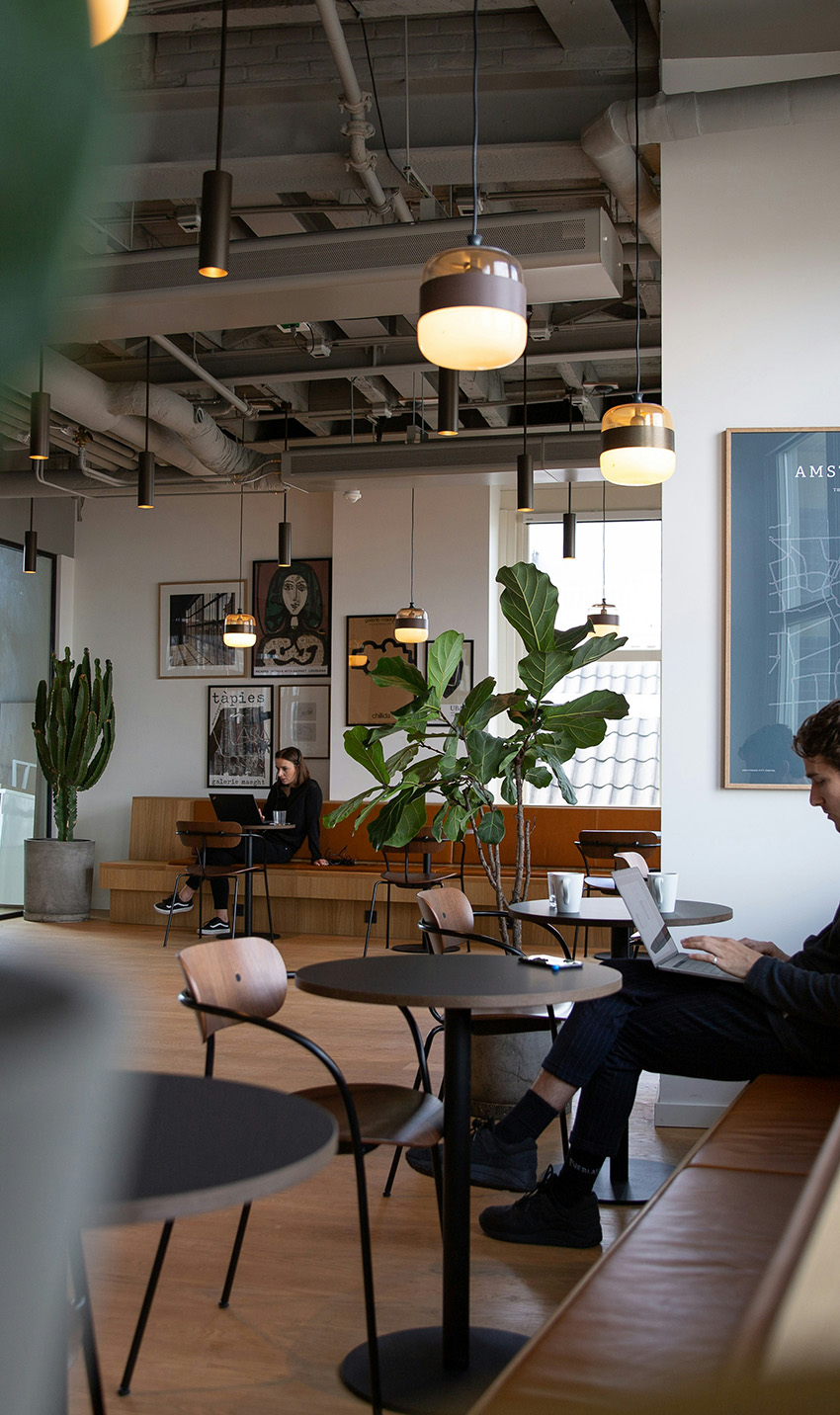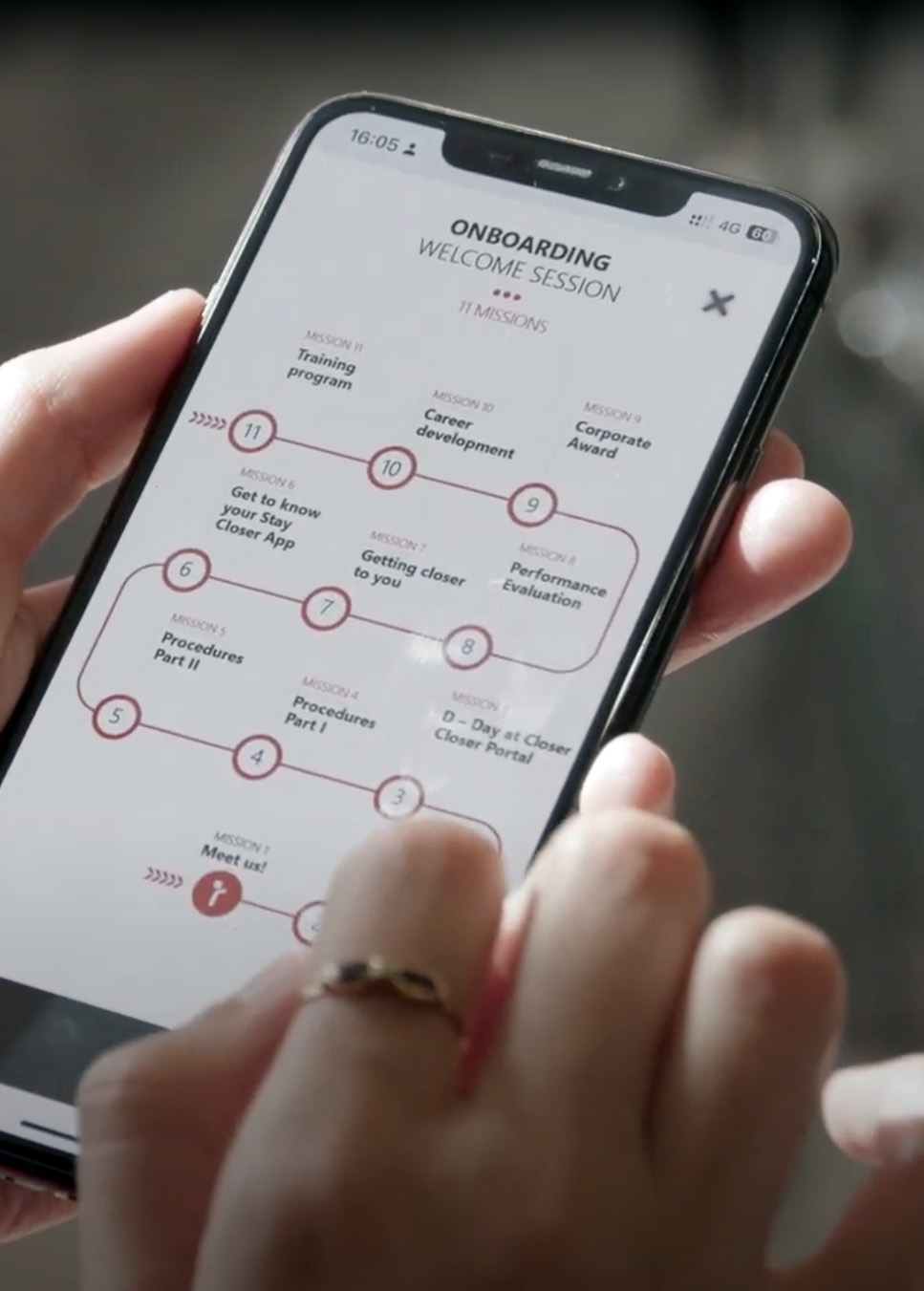 How to create the best employee experience?
How to create the best employee experience?
Creating the best experience for your employees is rapidly being considered one of the main areas in need of change within corporations as it has huge impact on the customer experience. Which tools leverage engagement and promote better employee experience?
“The majority of organisations are still in the dark on the linkage between improved employee experience and the impact it has on productivity and customer experience. Most organisations are still using traditional and primitive analytics to evaluate employee experience. This will change and it will change rapidly.
Companies have long obsessed about customer experience. Rightly so too as the leading companies in their respective fields, tend to also be the ones that enjoy the highest customer satisfaction ratings.
A similar focus is now belatedly being applied to employee experience. This is in part due to increasing recognition of the impact it has on engagement and productivity, but also because of a number of other factors.
These include:
- Attracting and retaining talent: The need for organisations to differentiate in order to attract and retain the best talent as competition and scarcity intensify;
- Changing Employee mindset – Employees adopting the consumer mindset of rating, sharing opinions and providing feedback, and;
- Link between employee and customer experience – An increasing awareness that positive employee experience is a significant driver of great customer experience.”
The pandemic was also a great opportunity for companies to re-think their way of connecting with their employees. While a great part of them no longer belong to the office in full-time regimes, it definitely became a bigger challenge for People Managers to engage their teams. A study from Gallup (State of the Global Workplace, 2021) showed that only 20% of employees worldwide are engaged with their employers. There are several differences among the regions: while the USA and Canada reach 34% of engaged employees, Western Europe reaches the bottom-line with only 11%. Nevertheless, there are solutions to face this challenge. According to Concur, gamification can increase Employee Engagement by 60% if well-structured and implemented successfully, having a direct impact in the Employee Experience. The introduction of game elements such as badges, points and rewards allow for employees to have a dynamic experience in their workplace, no matter what their role is.
How can GFoundry help me improve the employee experience?

The Talent Management cycle
In order to build great employee experience, it is important to look at the complete Talent Management cycle. The impact that an employer can have on an individual starts by the attraction and recruitment phases, going until the moment when the employee leaves the company. During all the stages, it is important to keep the employees engaged, providing them an experience that will keep them connected to their roles, and to the organisation.
Additionally, by using gamification as a way to make the workplace a dynamic environment that stimulates interaction and positive competitiveness, it is proven to be a great tool to improve the employees’ experience in their roles. The example of DPD Portugal is a great case study on how gamification allowed the company to skyrocket their KPIs. Another great case study is Carglass, which has implemented a complete talent management solution which is called Go Inside, currently spread throughout the entire internal structure.
Attraction and Recruitment
The period while a candidate is considering and/or applies to the company is crucial for its engagement with the organization. By providing them an experience that differentiates the organization from its competition, it is possible to increase the Employee Value Proposition and attract more talent directly. With GFoundry, you can create a Recruitment Journey, in which the candidate can go through different steps, while being in direct contact with the organization through an app. You can read more about how to design Recruitment Journeys here.
 Onboarding
Onboarding
The onboarding period defines the relationship that the employee has with the company in the long-term. A successful onboarding has direct impact on the success of the individual in its objectives, while increasing their motivation and retention. With GFoundry, you can create Onboarding Missions that will lead the new employees through a path of different activities that will prepare them for the challenges ahead. You can read more about how to build onboarding missions here.
Develop and Manage
While change is a constant nowadays, it is important to invest in developing the employees in order to prepare them for all the challenges that they might face. With the support of our platform, it is possible to disseminate tools that allow the employees to have a Learning Journey that not only is engaging and dynamic for them but that also adds value to their knowledge and capabilities. You can read more about how to create impactful learning journeys here.
Departure
Finally, we reach the phase where the employee leaves the company. This last moment within the organization can impact the way the individual will spread the message about how their past employer manages their people. In this moment, it is important to still maintain the employee engaged, while collecting crucial feedback about their path in the organization, in order to improve any flaws detected in the process. What to know more? Book a demo now!
Subscribe to GFoundry Newsletter: Weekly Insights on HR’s Most Pressing Topics
Keep on reading:
Ready to get started?
Take the next step and learn more about how GFoundry can help you.

 How to create the best employee experience?
How to create the best employee experience? Onboarding
Onboarding